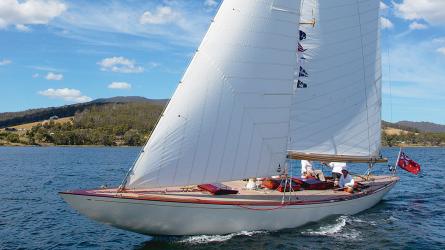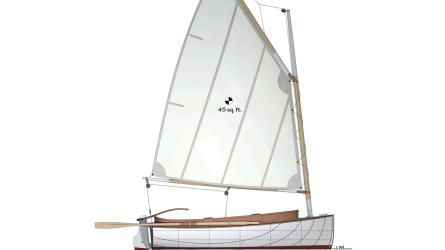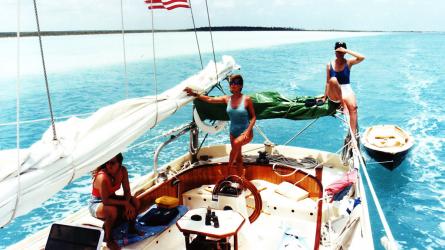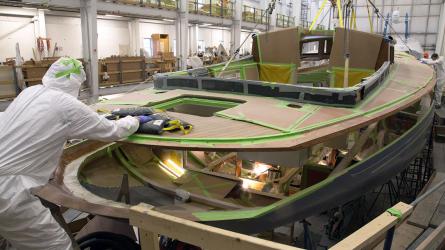November / December 2020
Saving a Speedliner
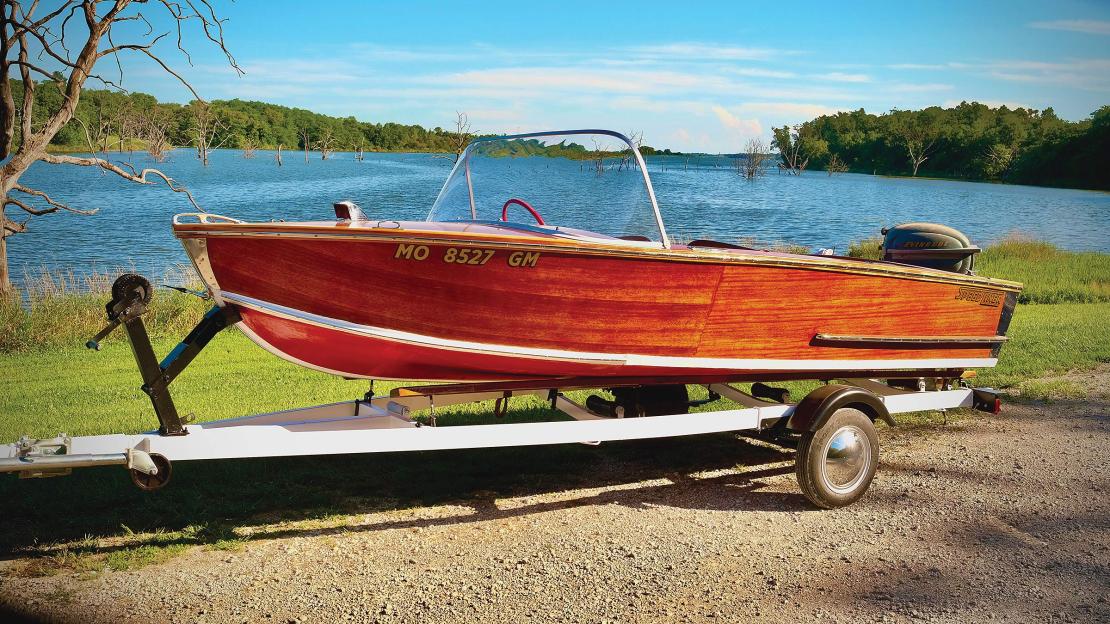
In the 1940s and ’50s, the name Speedliner was one of the most recognized in the world of mahogany runabouts. The author recently rehabilitated a Tropicana model, Speedliner No. 226.
Sitting in my driveway on its weathered rusty trailer with the treadless tires, Speedliner No. 226 looked a little different from the one I saw through rose-colored glasses in Steve Schomburg’s boatshop only a few hours earlier. The mahogany boat I had initially seen was a classic wooden runabout straight out of the 1950s. I’d imagined myself sitting behind the red steering wheel wearing black Wayfarers as my grandkids scrambled around on the red-and-white seat cushions beside me. The wind and spray blew in our hair as we cruised the lake on a warm summer weekend waving to friends and fellow boaters.
It seemed the farther I got from the shop, pulling the Speedliner carefully down the side streets and backroads of our little river town of St. Joseph, Missouri, the worse the boat looked in the rearview mirror. Even the trailer looked rattier when I finally pulled into my home on Lovers Lane and rehearsed again in my head how I would explain this boat project to my wife.
As I surveyed the bottomless runabout with the mostly missing top deck, and with the cracked and yellowed windshield lying across the front seat tied down with bungee cords to the oak battens, I dreaded the penetrating question my wife would ask: “Greg, what were you thinking?” I wondered the same thing as I switched tactics and searched for a rationalization.
To read the rest of this article:
Click the button below to log into your Digital Issue Access account.
No digital access? Subscribe or upgrade to a WoodenBoat Digital Subscription and finish reading this article as well as every article we have published for the past 50-years.
ACCESS TO EXPERIENCE
2-for-1 Print & Digital Subscription Offer
For this holiday season, WoodenBoat is offering our best buy one, get one deal ever. Subscribe with a print & digital subscription for $42.95, and we’ll give you a FREE GIFT SUBSCRIPTION to share with someone special.
1 YEAR SUBSCRIPTION (6 ISSUES)
PLUS ACCESS TO MORE THAN 300 DIGITAL BACK ISSUES
PRINT+DIGITAL $42.95
Subscribe
To read articles from previous issues, you can purchase the issue at The WoodenBoat Store link below.
 Purchase this issue from
Purchase this issue from




